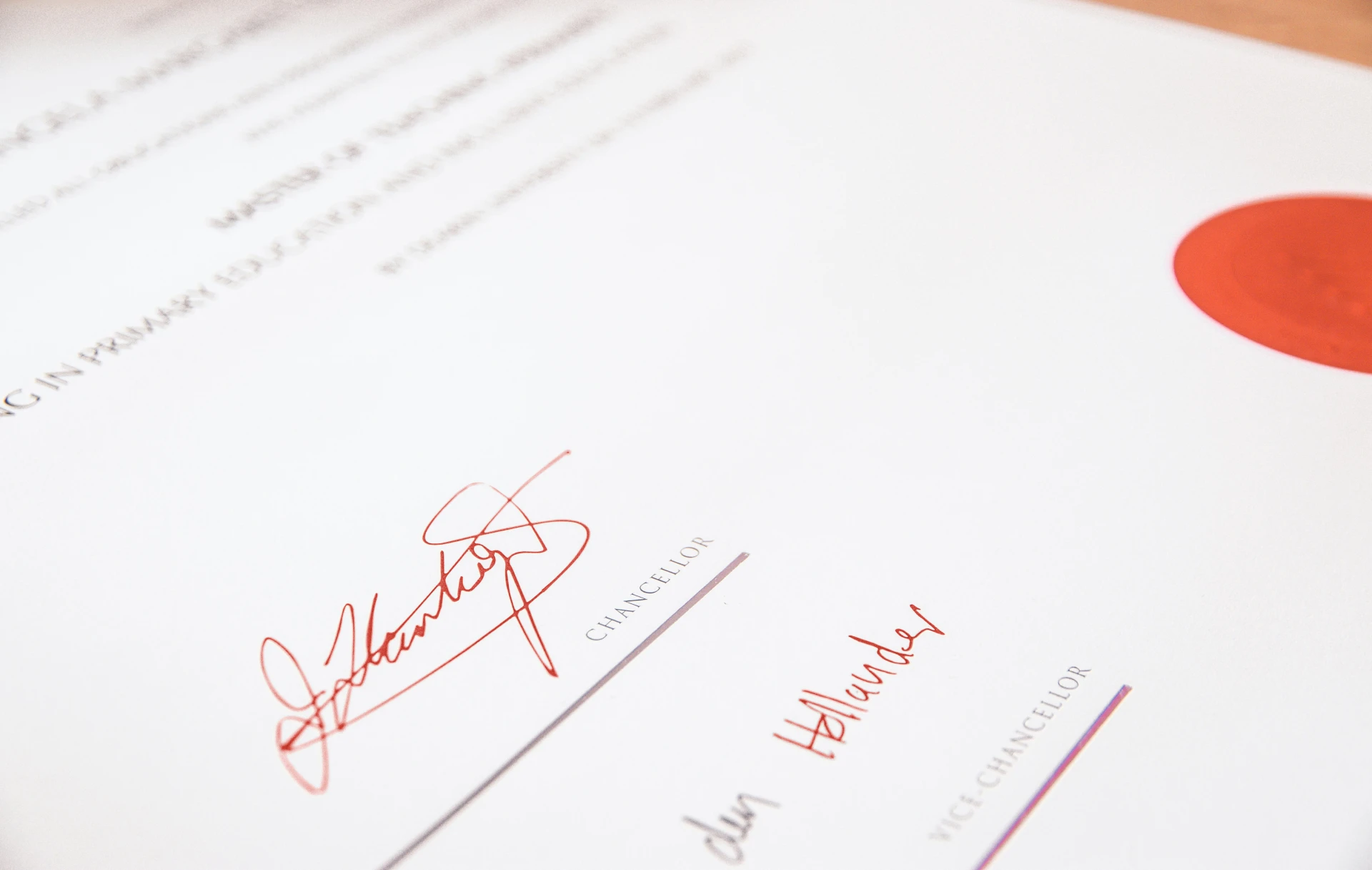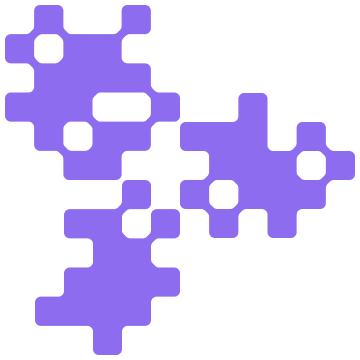
Can You Tell What’s Real? How Proof of Originality Separates AI from Authentic Creation
Hanna Lorenzer
Sun Oct 26 2025

Table of Contents
- Why Proof of Originality Matters More Than Ever
- What Is Proof of Originality?
- Why AI Makes This Urgent
- What Proof of Originality Could Look Like in Practice
- What Happens If We Don’t Act?
- How Organisations and Creators Can Prepare
- The Human Factor: Originality as a Process of Reflection
- The Road Ahead: Building a Culture of Verifiable Creativity
In an era where AI can generate endless content, originality is becoming harder to verify. Learn why proof of originality is essential for protecting human creativity, trust, and the credibility of ideas.
Why Proof of Originality Matters More Than Ever
Artificial intelligence is transforming how we create, distribute, and consume information. Texts, images, videos, and even ideas can now be generated at a pace and scale that far exceed human capacity. A few keystrokes are enough to produce an essay, a marketing campaign, or even a piece of art that looks entirely original. While this is impressive, it comes with a profound challenge: How do we still recognise true originality? What happens to authenticity, authorship, and credibility when creativity can be automated?
The answer lies in a concept that is rapidly gaining significance across industries; proof of originality. It represents more than a technical tool. It’s a cultural and ethical framework that could redefine how we value human creativity in the digital age. Proof of originality doesn’t aim to exclude AI. It aims to make visible what is uniquely human in our creations; our context, our reflection, and our intent. Just as blockchain added a layer of trust to financial transactions, proof of originality could become the trust layer for digital creativity.
Proof of originality is more than a tool—it’s a mindset that protects the meaning and trust behind human creativity.
What Is Proof of Originality?
At its core, proof of originality is a verifiable way to demonstrate the origin, authorship, and authenticity of a creative work. It documents when, how, and by whom something was created and whether artificial intelligence played a role.
This isn’t an abstract idea. It’s already being explored by leading technology and media companies. The Content Authenticity Initiative (backed by Adobe, the BBC, and The New York Times) for example, is developing technical standards that allow creators to attach secure metadata to their work. Another example is Smartstamp, which is creating a so-called ‘digital passport’ to validate authenticity of artwork.
In practice, a proof of originality could include:
A timestamp that verifies when the content was created.
An author ID, linking the work to a verifiable identity or pseudonym.
Metadata about the creation process, such as tools, models, or sources used.
Cryptographic signatures that prevent later manipulation.
In 2024, Adobe, for example, began embedding “Content Credentials” in Photoshop images. These act like a digital watermark, showing which tools were used and when the image was modified — allowing audiences to verify authenticity directly on online platforms. Together, these elements create a digital fingerprint for creative work. It’s a step toward a more transparent internet, one where we can distinguish between what’s human-made, AI-assisted, or entirely synthetic.
Why AI Makes This Urgent
The rise of generative AI has blurred the lines between inspiration, imitation, and invention. Models like GPT don’t plagiarise but they synthesise. They combine billions of data points to produce something that appears new but is, in truth, a reflection of countless existing works.
According to an article by Futurism, more than 60% of online content could be AI-generated by 2026. This rapid proliferation raises a profound question: what will originality even mean when most “original” content is algorithmically generated?
If we cannot trace creative origins, trust begins to erode. This uncertainty doesn’t just affect content, it affects relationships. Trust between creator and audience, teacher and student, business and customer begins to crumble. In a world already struggling with misinformation, authenticity could become the rarest and most valuable commodity.
What Proof of Originality Could Look Like in Practice
Imagine that every creative work, a photograph, a blog post, a song, carries a visible proof of origin. A reader could click an icon and instantly see when and how the work was produced, whether AI tools were involved, and whether the author’s identity is verified. For creators, this becomes a badge of honour, a sign of accountability and pride in one’s process. For audiences, it’s a trust anchor. And for platforms, it’s a quality signal that helps surface authentic work in a flood of automated output.
This concept could even reshape economics. Verified originality could become a currency of trust.
Artists might receive higher value for authenticated work.
Journalists could gain credibility through transparent authorship trails.
Companies could differentiate their brand voice through verified human storytelling.
In short: proof of originality could become the new quality standard for the digital economy where trust and traceability define value.
What Happens If We Don’t Act?
The risks of inaction are not hypothetical. They are already visible. Without a mechanism to verify originality, we risk entering a post-truth era of creativity where everything looks professional, but nothing can be trusted. In such an environment, genuine creators lose visibility, institutions lose credibility, and society loses the ability to distinguish between creation and fabrication. The result? Creativity itself becomes commodified. When every idea can be generated instantly, originality ceases to have meaning. We start optimising for quantity over quality, and the human spark, the why behind creation, fades into the noise.
How Organisations and Creators Can Prepare
To prevent that scenario, creators and organisations can start building an originality framework now. Here’s how:
Implement provenance systems early. Tools like OriginStamp or C2PA-based metadata frameworks can timestamp and verify authorship.
Be transparent about AI use. Instead of hiding automation, acknowledge it. Transparency builds credibility.
Develop internal policies. Define what counts as “original work” and when AI assistance must be disclosed.
Educate stakeholders. Treat content provenance as a core competency — much like data protection or cybersecurity.
Reward authenticity. Highlight verified content in corporate channels and incentivise original thought over volume.
Forward-thinking companies are already taking this path. Some integrate blockchain timestamps in design workflows; others add “authentic creation” badges to digital campaigns. It’s a simple shift that can have a profound impact on trust, reputation, and compliance.
The Human Factor: Originality as a Process of Reflection
Originality has never meant starting from zero. Every idea, every story, every piece of art stands on the shoulders of what came before. What makes it original is how we combine, question, and transform what we inherit. Artificial intelligence can simulate creativity, but it cannot replicate intention. It cannot feel doubt, pride, or moral responsibility. These are the uniquely human dimensions of creation — and they deserve visibility. Proof of originality is, therefore, not a policing tool. It’s an educational one. Like organisational learning, it helps us reflect on how we think, create, and evolve. It invites us to document our creative process, to show not only what we made, but how we made it and why. By embedding transparency into the creative act, we don’t constrain creativity. We elevate it.
The Road Ahead: Building a Culture of Verifiable Creativity
Establishing proof of originality will not happen overnight. It requires new standards, collaboration between tech companies and policymakers, and a mindset shift across society. But the foundation is already being laid.
The European Union’s AI Act (read more here) mandates transparency about AI-generated content. Universities are piloting originality verification for student work. And media organisations are adopting authenticity standards to protect journalism from synthetic manipulation. In the coming years, originality verification may become as common as copyright notices once were. We might see platforms displaying creative provenance badges, ranking search results by verified authenticity, or offering micro-licenses for traceable content reuse. If we get this right, we can create a digital ecosystem that values truth and creativity equally — one where originality becomes visible, measurable, and meaningful again.

